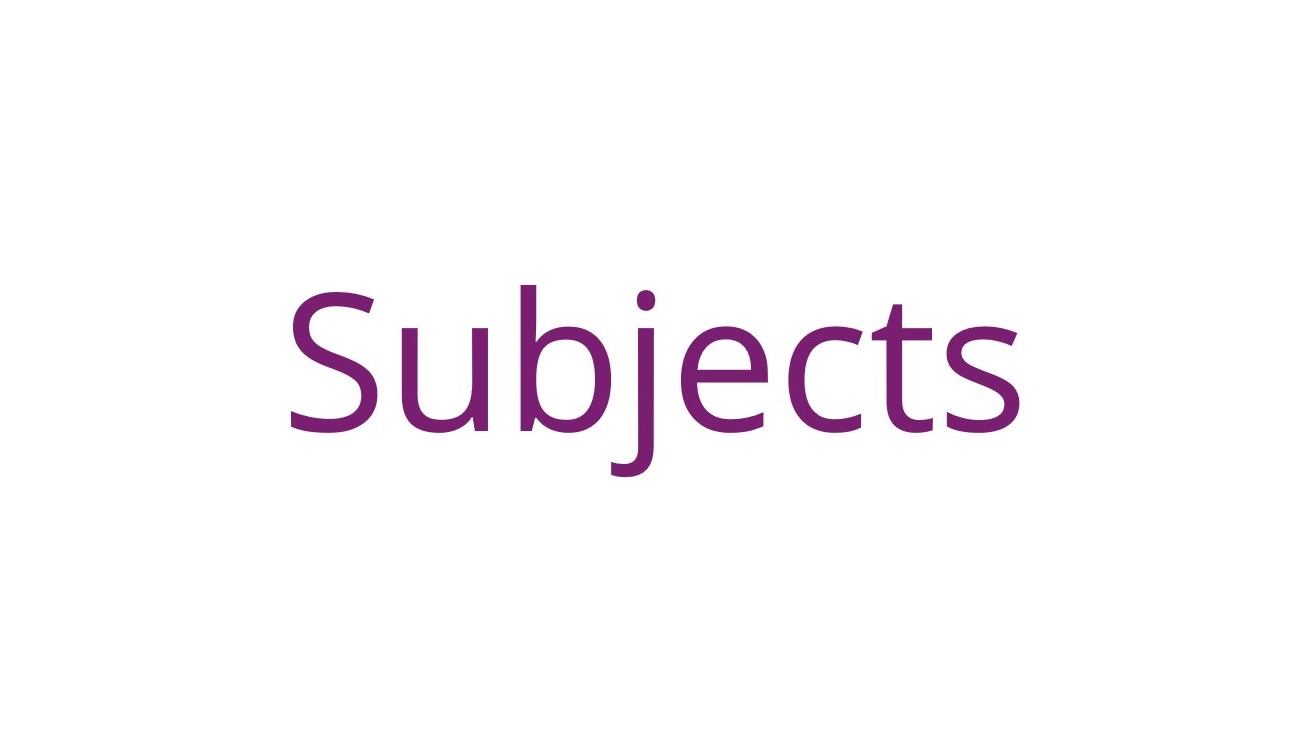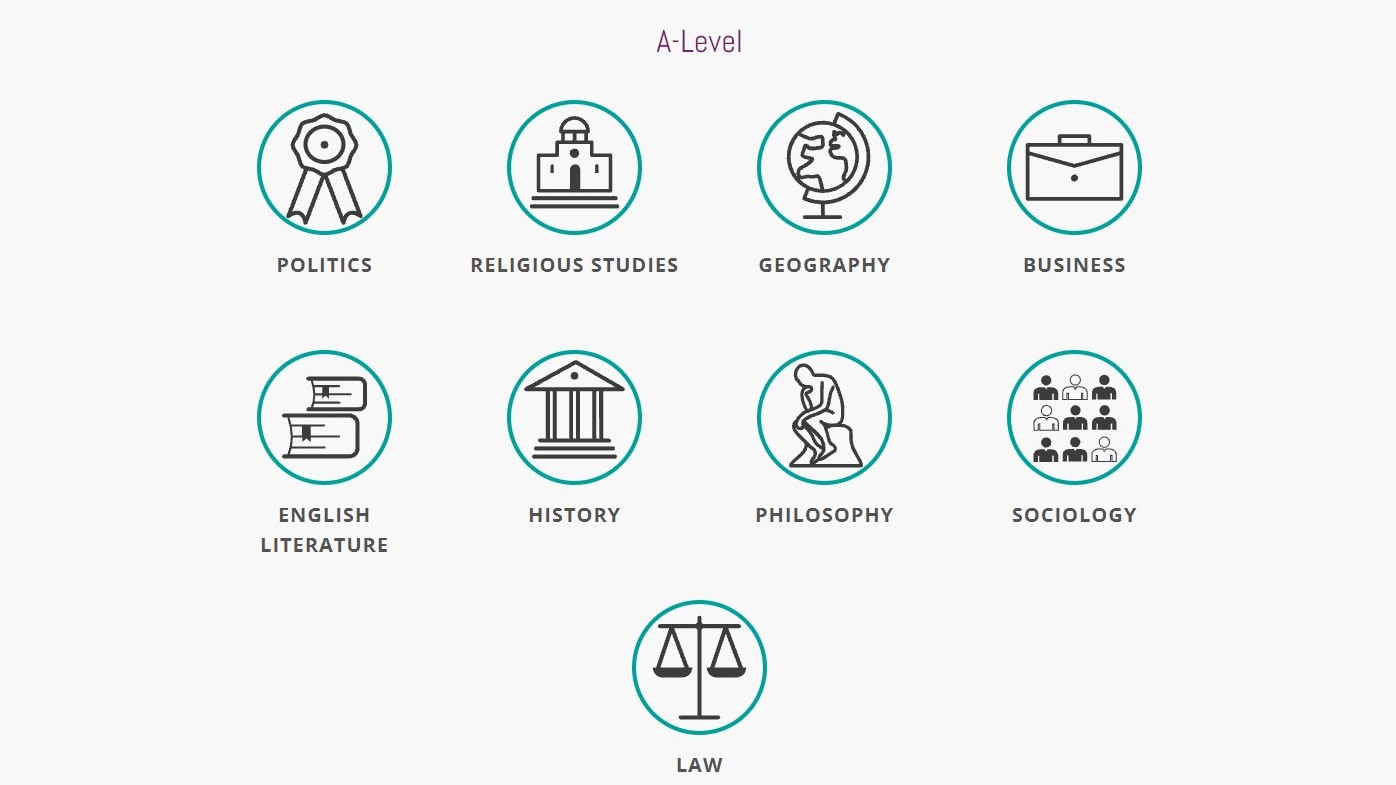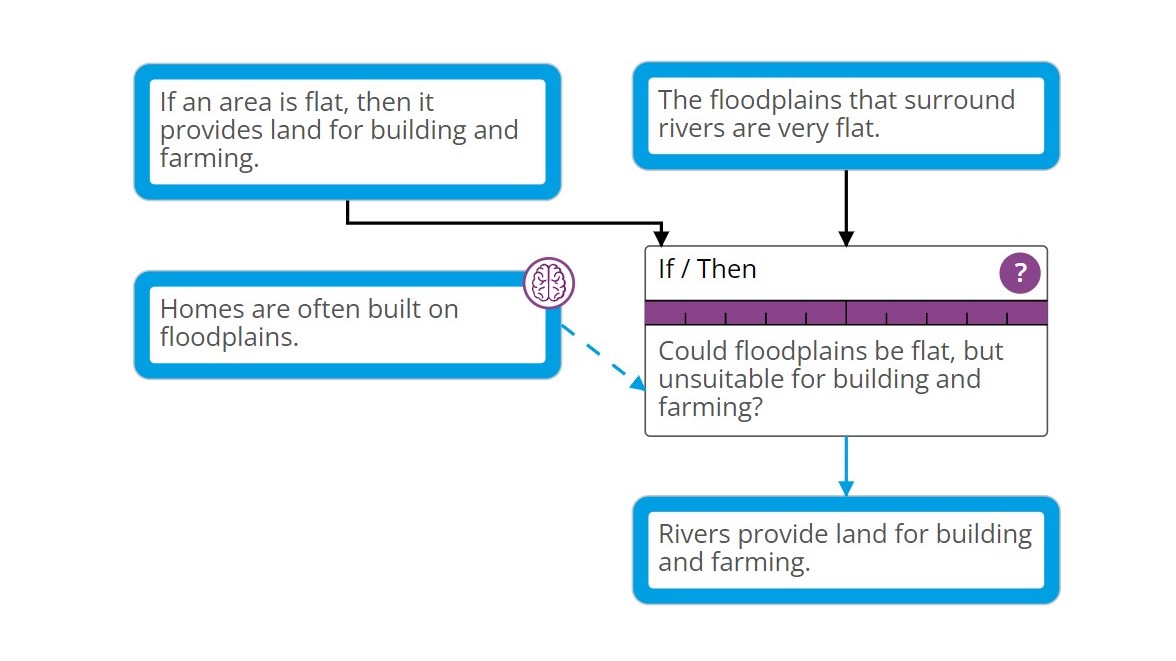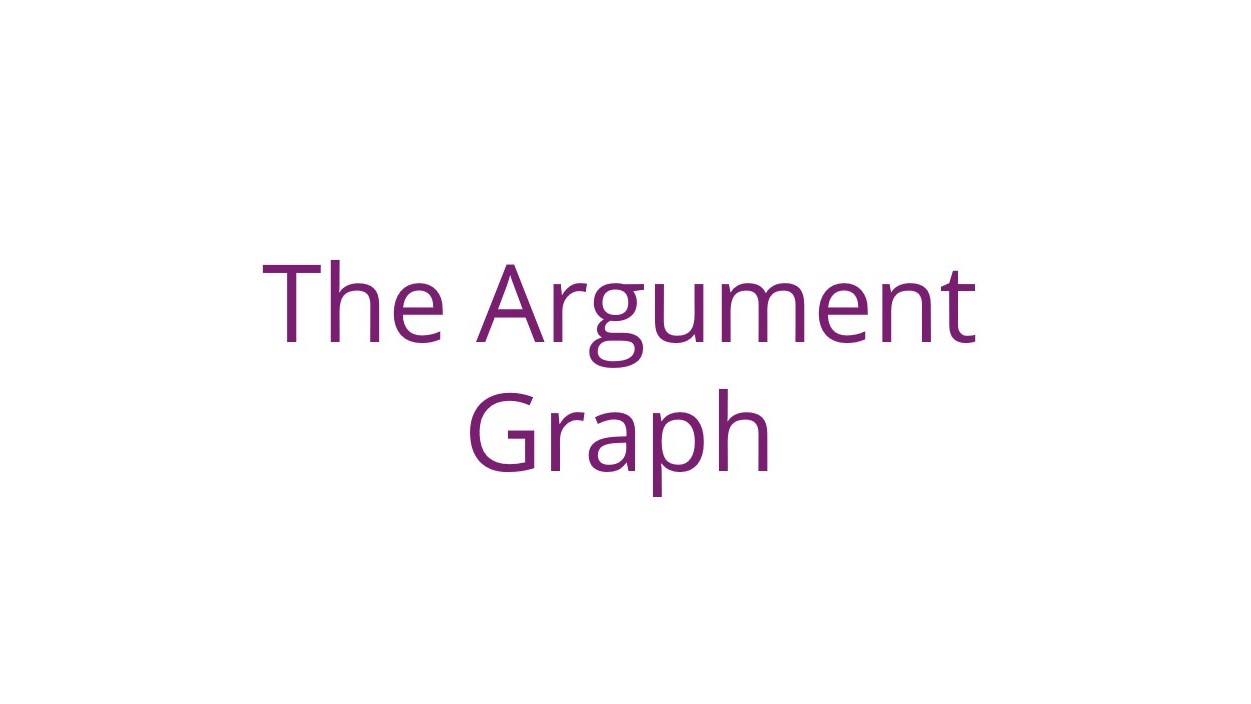“It is the most exciting new digital innovation, student engagement is phenomenal; they felt independent, challenged and bolder at problem solving.”
– Ms Alexis Goddard, Dept Head Philosophy & RS & Head of Research, Brighton Girls GDST +
Critical thinking is important, but students lack this skill
Critical thinking is an important skill at school, in the workplace and in our lives. However, studies show that students struggle to improve their critical thinking skills at school or college and at university, despite the increasing importance of good argumentation in assessments.
Examiners report poor argumentation as a common way that students lose marks in their exams. Our research has found that students struggle with losing track of the argument, poor planning and including irrelevant information, because they do not know how to build a strong argument.

Dual coding reduces cognitive load
Students learn critical thinking through prose in textbooks and essays, but arguments are difficult to understand in this format. This is because prose is linear, but arguments are branched. This can make argumentation daunting to secondary school and college students, especially when they are unused to reading long texts.
Endoxa Learning solves this problem by using diagrams called argument graphs to represent arguments. Visualising the argument makes it quicker and easier to understand, by dual coding it as both text and images.
Our lessons are built to integrate critical thinking into your subject
We use argument graphs to create interactive lessons for subjects that require critical thinking. Our lessons focus on important debates within each topic, so that students can develop their critical thinking skills while learning key subject knowledge. Factual info is embedded into the argument graph so a student can see how examples and case studies are used to build a strong argument.
Our lessons work through the argument graph step by step, with contextual information throughout. Each argument graph includes low-stakes testing through tasks and quizzes, which are used to test the student’s understanding of subject knowledge and the argument itself. The teacher dashboard monitors the progress of each student and allows teachers to set tasks. This means that Endoxa Learning is easy to integrate into lessons and is adaptable to your teaching style.
Endoxa Learning benefits your lessons
Endoxa Learning helps students to improve their argumentation, analysis and evaluation, while simultaneously learning subject knowledge. This means that teachers do not need to worry about sacrificing lesson time to teach critical thinking, which would be necessary for traditional critical thinking courses.
The key to Endoxa Learning is the argument graph, which makes it easier for students to learn and remember important debates. Click the “White Paper” button below to learn about the scientific data backing up the use of argument graphs. Our interactive lessons make learning more interesting, by challenging the student and encouraging them to click on different parts of the graph. Our lessons contain all the content you need for a successful lesson, which makes them great for non-specialist teachers.
Over recent months, the benefits of online learning have become increasingly clear. Endoxa Learning lessons can be adapted to different situations, from classroom discussions to independent work and homework.
Subscribe
Endoxa Learning offers a variety of subscriptions for schools and colleges, complete with full training from one of our dedicated Teacher Support team. Request a free demo to try Endoxa Learning in your lessons!







